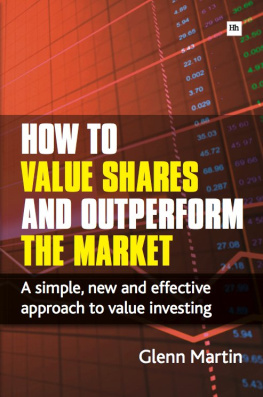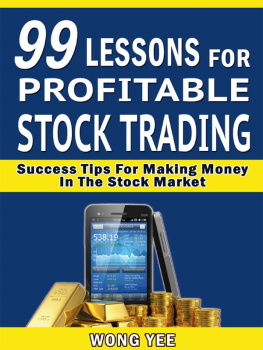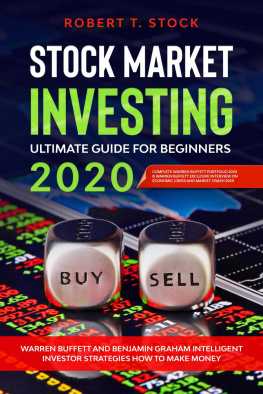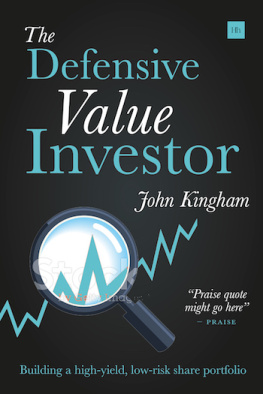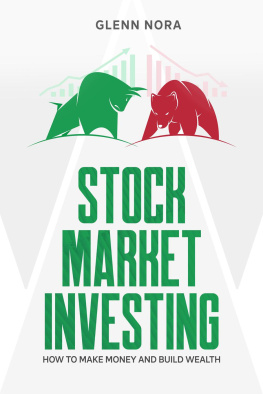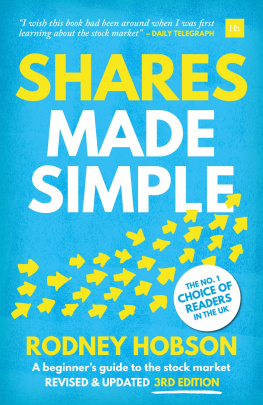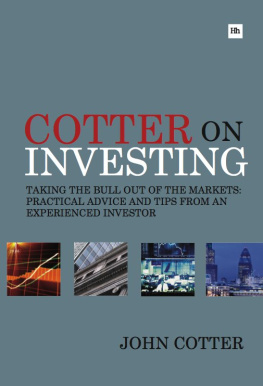After graduating from Wadham College, Oxford, Glenn Martin started a career in the City. Over 34 years he worked for a number of financial institutions. Having started in retail banking with Williams & Glyns, he subsequently worked in all banking sectors, including corporate, institutional, private and investment banking. For the latter part of his career he worked as Chief Information Officer for investment banks. In 2003 he was nominated for Best Personal Contribution in the Financial News Awards for IT Excellence in Investment Banking. In 2004 he won the Banking Technology Award for the Best IT Operational Achievement.
As a successful private investor, in 1994 Glenn developed a system for calculating the intrinsic value of the FTSE100 Index and of individual UK shares. When the System proved reliable, he established ShareMaestro Limited in 2006 to package and promote the System. ShareMaestro has received very positive reviews in the financial press.
After his family and investment, Glenns main interests are tennis, travel and drumming.
Acknowledgements
The share valuation systems described in this book are based on ShareMaestro, which I launched commercially in 2007. Without the help of several key supporters, ShareMaestro would never have become available to private investors and this book would never have been written.
First I want to recognise the great work done by Zahir Virani, who turned what was a pretty crude spreadsheet into a great piece of software and who has managed subsequent enhancements very professionally. Next comes Dominic Picarda of the Investors Chronicle. Dominic has been a constant ally. He helped me tremendously with the validation of the share valuation system, always asks thought-provoking questions and has written some great articles on ShareMaestro for readers of the IC.
Tom Stevenson of TheDaily Telegraph had the courage to headline and showcase ShareMaestro, then an unknown system, in the business section of TheDaily Telegraph. It is extremely rare for articles on investment software to feature in the business pages of the broadsheets. Toms article was both shrewd and positive; it sealed the launch of ShareMaestro.
Simon Griffin, although a professional chartist for Shares Magazine, liked the logical structure of ShareMaestro as soon as I explained it to him. He has also provided valuable assistance and advice in my efforts to get a low-cost ShareMaestro fund marketed by a fund management group.
When Dave Evans, of What Really Profits magazine, first contacted me to do an article on ShareMaestro, I tried to put him off because I thought WRP concentrated on short-term trading systems. However, Dave would not be deterred. In addition to producing some very good articles on ShareMaestro, Dave regularly suggests strategies to boost ShareMaestro returns. The use of moving averages as a key risk control for the FTSE100 high-risk strategies is down to Dave.
Annabel Watson is my model private investor. As well as acting as my guinea pig for new versions of ShareMaestro, she has put a lot of effort into the presentational side of the product. She is also a great source of inspiration.
My final acknowledgement is to my family, who provide constant encouragement and put up with my obsession to equip and motivate private investors to manage their own funds.
September 2011
Risk and copyright warnings
Investment in equities and stock markets involves risk. Past performance is not necessarily a guide to future performance. Your specific needs, investment objectives and financial situation need to be taken into account before making investment decisions. You are strongly recommended to gain appropriate professional advice before acting on any information or valuations provided directly or indirectly by this book and to conduct your investment activity through an appropriately authorised company.
Every possible effort has been made to ensure that the information in this book is accurate at the timing of writing and the publishers and author cannot accept responsibility for any errors or omissions. No responsibility for any direct or indirect loss occasioned to any person or corporate body acting or refraining to act as a result of reading material in this book can be accepted by the editor, the Publisher or the Author.
The contents of this book, including the systems developed by the Author, are subject to copyright. These systems are restricted to personal use and may not be used in any way for commercial purposes. No part of this publication may be by any means reproduced or transmitted without the prior written permission of the publisher.
Preface
What this book covers
Buy low, sell high is an old investment adage. However, as a piece of investment advice it is useless. You cannot know, until it is too late, whether the price at which you bought will prove to be low or high. If you bought at what you thought was a low price, say 100, and the price subsequently fell to, say, 50, you can see with the glorious benefit of hindsight that the price you paid was too high. But by then it is too late. You have made a loss. To help you buy low, you need a system which identifies cheap prices.
The investment advice of this book is buy cheap, sell dear. I explain how you can calculate the real current value of the UK market and of individual shares. By comparing these values with the current market prices you can see whether the prices are cheap or dear and thus can decide whether or not to make an investment.
The principle of buying shares when they are cheap is known as value investing. I explain the most popular techniques that are used by investors to identify cheap shares and why I think these techniques are deficient. These deficiencies prompted me to develop my new valuation system, which calculates the current value of UK shares and the UK market. To prevent any confusion, I refer to this new valuation system as

